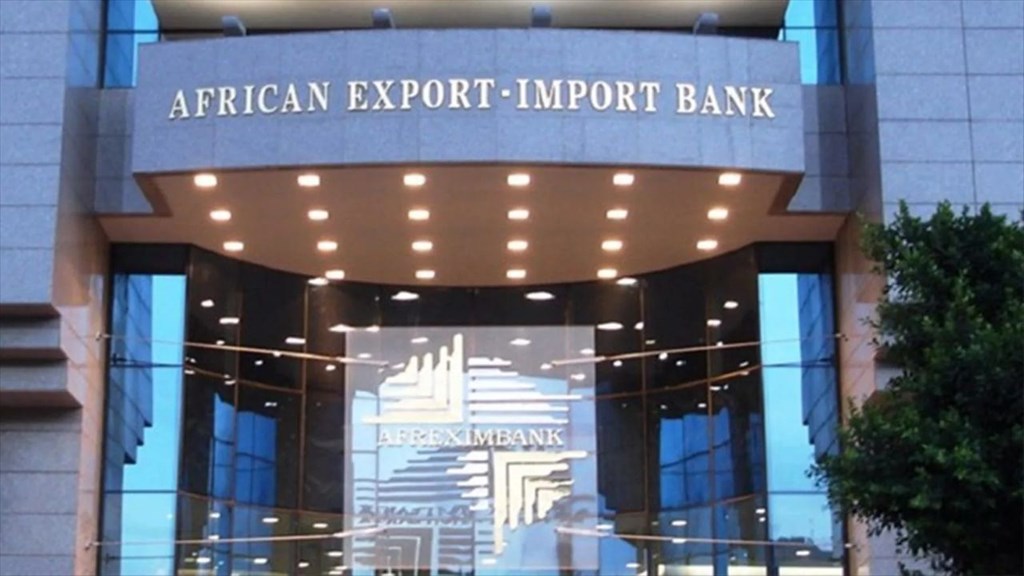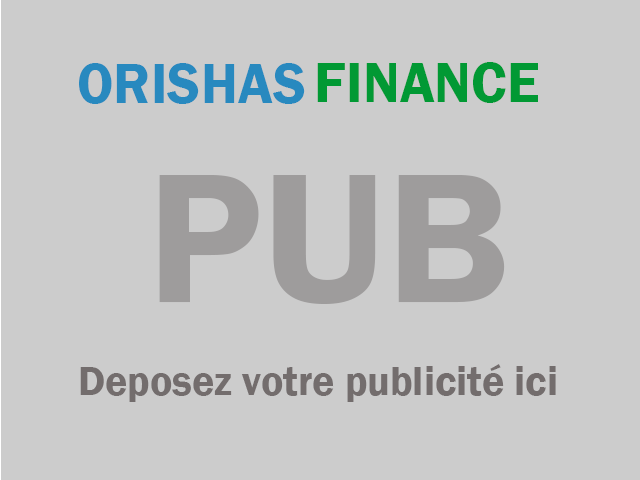 Les actualités de la BRVM en Flux RSS
Les actualités de la BRVM en Flux RSS
Nous agrégeons les sources d’informations financières spécifiques Régionales et Internationales. Info Générale, Economique, Marchés Forex-Comodities- Actions-Obligataires-Taux, Vieille règlementaire etc.
Profitez d'une expérience simplifiée
Retrouvez toute l'information économique et financière sur notre application Orishas Direct à Télécharger sur Play StoreLes prix à la consommation au Bénin ont connu une augmentation de 1,0% au terme du mois de juillet comparé au mois précédent, selon les données établies par l’Institut national de la statistique et de l’analyse économique (INSAE) du Bénin.
L’Indice harmonisé des prix à la consommation du mois sous revue s’est ainsi établi à 105,4 contre 104,4 au mois de juin. Selon l’INSAE, cet accroissement observé résulte essentiellement de la hausse des prix des produits des fonctions Transports (+6,0%), Articles d’habillement et chaussures (+0,7%) et Produits alimentaires et boissons non alcoolisées (+0,4%).
Par ailleurs, cette structure statistique du Bénin a relevé un certain nombre de groupes de produits dont les prix ont contribué à cette hausse. C’est le cas des céréales non transformées (+6,2%), due à l’épuisement des stocks du maïs séché de la campagne agricole précédente en cette période de grande soudure.
Il en est de même de la hausse de 7,6% des poissons et autres produits séchés ou fumés liée à la saison pluvieuse qui n’a pas été favorable aussi bien à la pêche et au fumage des poissons.
Les produits à base de tubercules ont vu leur prix hausser de 8,5%, en raison d’une baisse de production du gari notamment liée à la rareté des tubercules en période de grande soudure.
De leur côté, les prix des carburants et lubrifiants ont augmenté de 3,6% à cause de la hausse du prix de l’essence kpayo (essence de contrebande en provenance du Nigéria). Il en est de même du transport routier de passagers (+9,2%), liée au respect des mesures barrières dans le transport commun qui a eu pour conséquence la hausse des tarifs.
Les prix des chaussures diverses ont aussi enregistré une hausse de 2,8% du fait de la révision des tarifs au cordon douanier au titre de la loi des finances de 2020.
L’évolution des prix de ces groupes de produits a été modérée par le repli des ceux d’autres groupes de produits. C’est ainsi que les prix des légumes se sont réduit de 6,7% en raison de la disponibilité de la tomate fraiche. De leur côté, les prix des fruits se sont rabaissés de 4,4% à cause de la saison des agrumes notamment l’orange et le citron.
Par rapport à juin 2019, la variation de l’IHPC est de +4,0% contre +3,8% le mois précédent.
En variation mensuelle, les prix des produits énergétiques et hors produits frais et hors énergie ont augmenté respectivement de 2,2% et 1,2% alors que ceux des produits frais ont baissé de 0,7%.
Mais en glissement annuel, les prix des hors produits frais et hors énergie et des produits énergétiques ont augmenté respectivement de 4,9% et 7,1% alors que ceux des produits frais ont baissé de 1,4%.
Sur la base de l’origine des produits, l’INSAE indique qu’en variation mensuelle, les prix des produits importés et ceux des produits locaux ont augmenté respectivement de 0,6% et 0,8%. Mais en glissement annuel, ces prix ont augmenté respectivement de 1,9% et 4,1%.
Vous devez être membre pour ajouter un commentaire.
Vous êtes déjà membre ?
Connectez-vous
Pas encore membre ?
Devenez membre gratuitement
05/12/2025 - Secteurs
05/12/2025 - Secteurs
05/12/2025 - Secteurs
05/12/2025 - Secteurs
05/12/2025 - Secteurs

05/12/2025 - Secteurs

05/12/2025 - Secteurs

05/12/2025 - Secteurs
